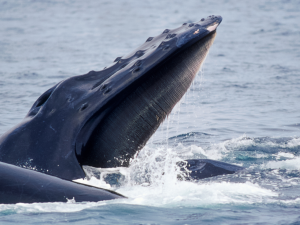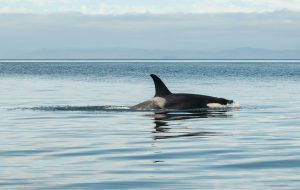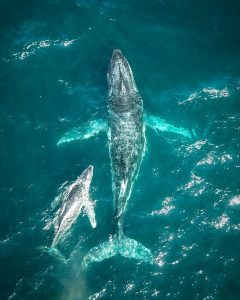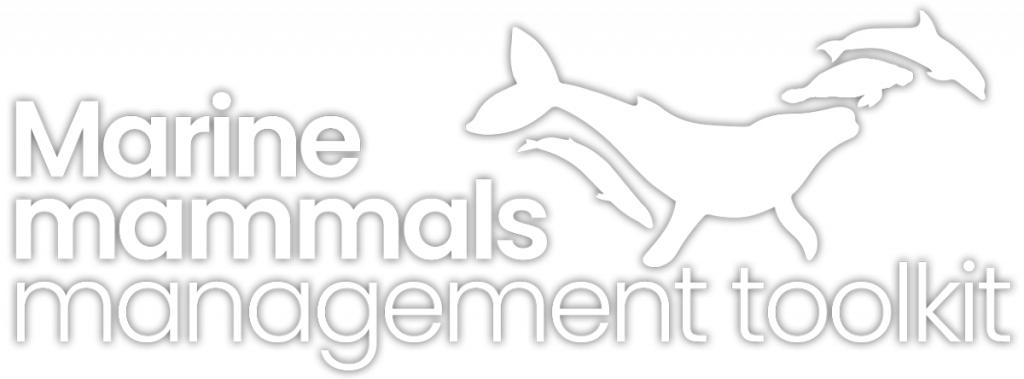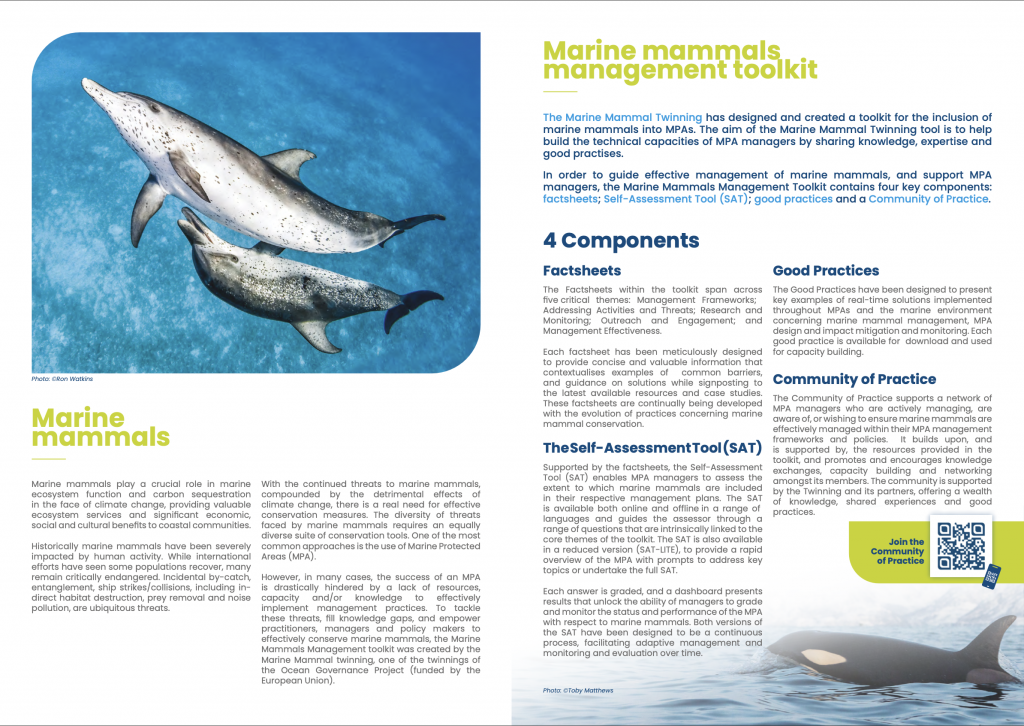Caspian seals (Pusa caspica) live only in the Caspian Sea — located in western Asia, the largest landlocked waterbody in the world. They have been on the IUCN endangered list since 2008, having declined by more than 70% in the 20th Century, primarily because they have been hunted for their fur and blubber.
On the 6th of December, the IUCN Task Force on Marine Marine Mammal Protected Areas, a joint task force of the IUCN Species Survival Commission and the World Commission on Protected Areas, announced that Caspian seals have been awarded three Important Marine Mammal Areas, or IMMAs. The three Caspian Sea IMMAs are: (1) Caspian Seal Breeding Area IMMA, (2) Caspian Seal Moulting and Haul Out Areas IMMA, and (3) Caspian Seal Transitory Migration and Feeding Area IMMA.
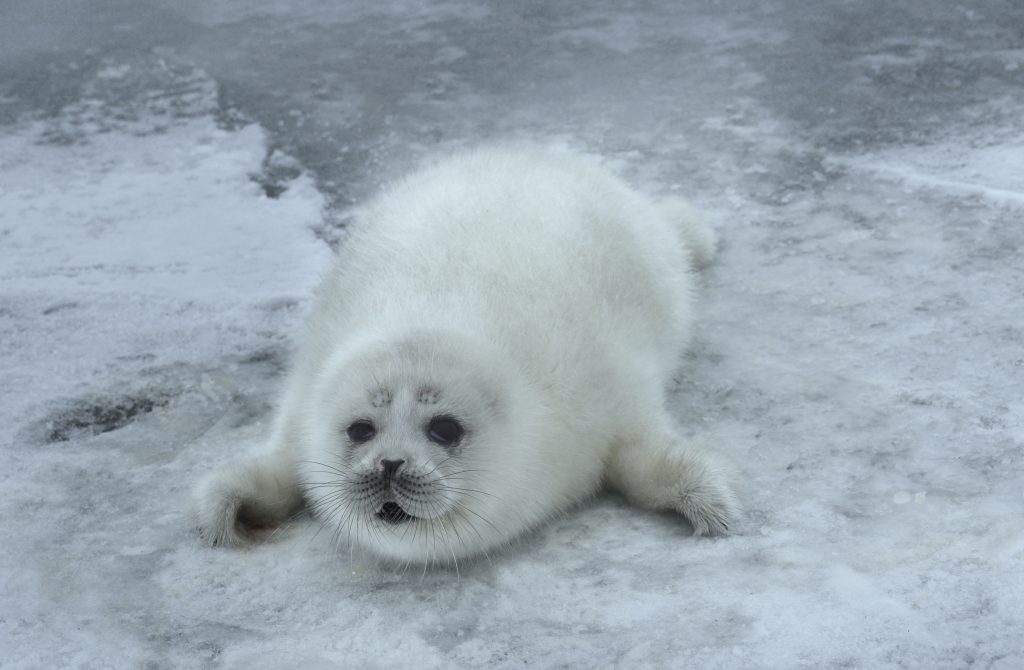
Why is this important?
The newly identified Caspian Sea IMMAs are not protected areas but they represent what experts say are essential habitat for the future of the Caspian seal. The main threats to Caspian Seals are currently mostly related to human activities, such as mortality because of sturgeon poaching fishing gear or habitat degradation arising from coastal development.
At present, there are no special protected areas for the conservation of Caspian seals that prohibit all forms of economic or industrial activity, and it hoped that the IMMA initiative will stimulate the development of stronger protection for key Caspian seal habitat, including the winter breeding ice, migration routes, foraging areas and sites used by animals to haul out on land for resting and moulting. Increasing levels of disturbance have caused Caspian seals to abandon most of their traditional haul out sites, while offshore habitats are sensitive to industrial development. Now, large aggregations of the animals are rarely seen.
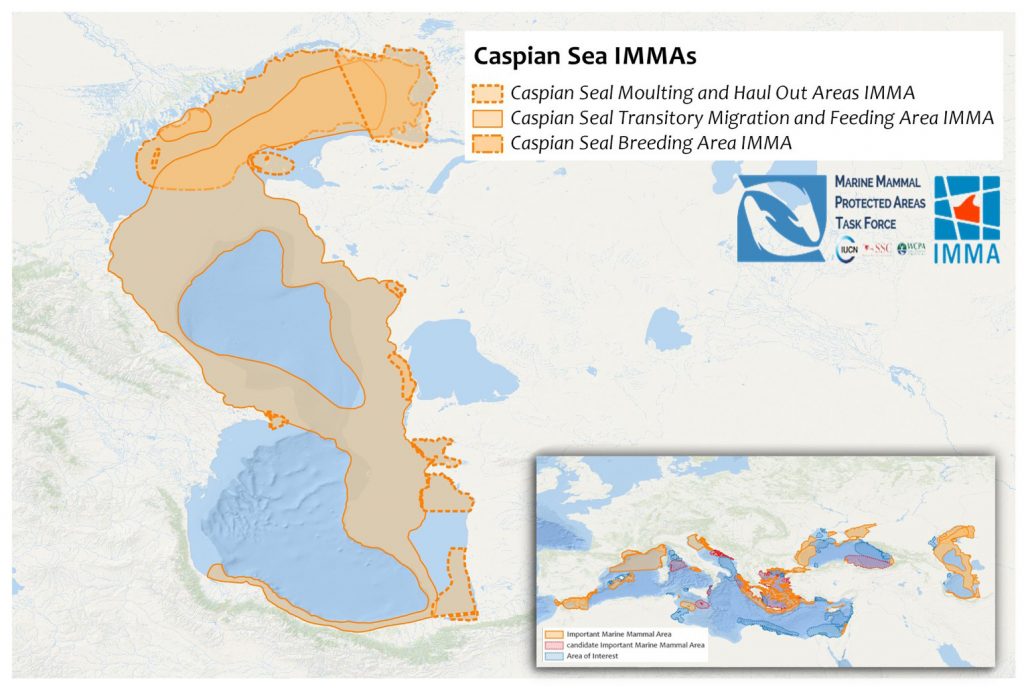
More information on IMMAs can be found on the IMMA e-Atlas, which showcases the global network of IMMAs, and a searchable database.



